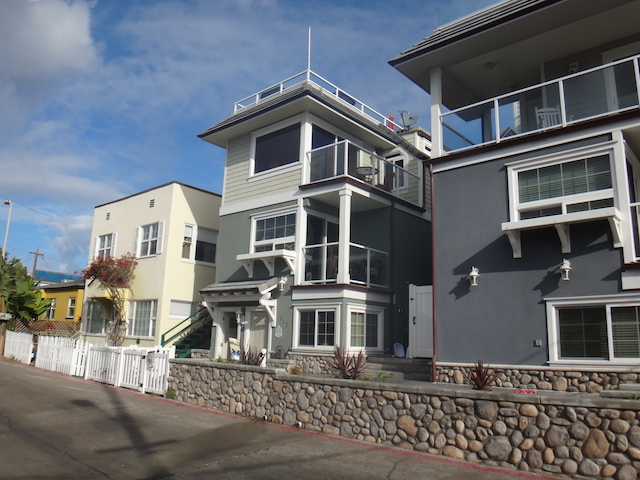Parks Canada calls Jasper National Park the ‘gentle giant of the Canadian Rockies’, but it seems pretty mighty to us. A gateway for outdoor adventure in all seasons, Jasper is known for backcountry backpacking and skiing, but also plays host to a number of family friendly destinations of the less extreme variety. Here’s what to do in Jasper National Park with kids:

Start at visitor’s centre.
When you arrive in Jasper, head to the information and visitor’s center in the heart of town, across from the VIA Rail train station. The Parks Canada staff here can point you in the direction of area hikes and any closures at the time of your visit (such as campgrounds or picnic areas). Pick up maps and ask questions, because we found Jasper National Park to be less well marked than its neighbor Banff.

Maligne Canyon:
Our favorite destination in Jasper National Park is, hands-down, Maligne Canyon. This hike takes visitors through a deep gorge through which Maligne River flows, and thanks to its network of interconnecting looped trails, can be as long or short as you need it to be. Start at the trailhead and tea house, and hike to a series of marked bridges spanning the river (we went as far as number 6), then either retrace your steps or loop back via a horse trail. The views are stunning–you’ll see waterfalls and pools, as well as places where the water disappears underground. The path can be slippery, but there are rails in place to keep young kids safe. Bring a camera!

Maligne Lake:
Above Maligne Canyon lies Maligne Lake, a summer playground with boat rides, canoe rentals, and restaurants. Picnic here in the autumn, or set out for a short hike from the adjacent trailhead.
Miette Hot Springs:
Miette Hot Springs is open May through October and is located just a short drive from Jasper in the eastern mountain range. The outdoor pool offers towering peak views while you soak in the naturally heated waters. Pair this destination at the end of a day of hiking!
Watch our Jasper and Banff National Parks video:
Where to stay in Jasper: the Tonquin Inn:
The Tonquin Inn lies just a few blocks from downtown Jasper, within 2-3 minutes by car from area destinations. A perfect blend of old school mountain motel charm and modern upgrades, the Tonquin has everything parents need: a great indoor pool and hot tub complex (complete with changing rooms), two additional outdoor hot tubs, spacious rooms with free wifi, and an excellent complimentary breakfast buffet in their attached restaurant.
Our standard room was large enough for a couch and seating area in addition to beds, and had a large TV and spacious bathroom. We were steps from the pool building and dining, and we could walk into town if desired. In the morning, we woke to elk grazing outside.
As I disclose whenever applicable, we were hosted at Tonquin Inn for the purpose of review. While we appreciate the hospitality, all opinions are our own.















































